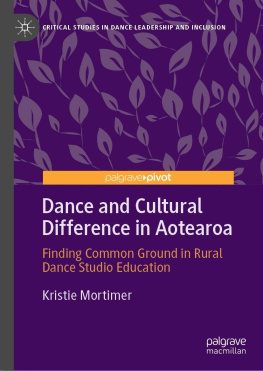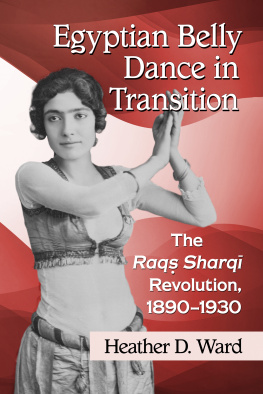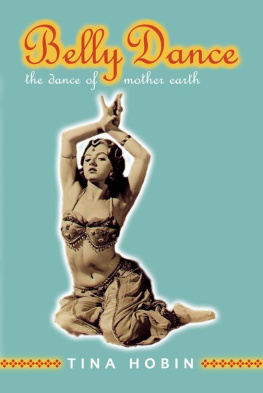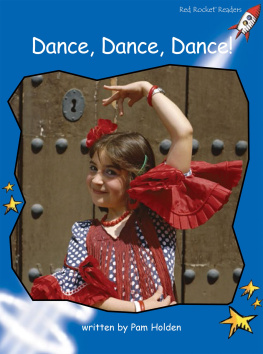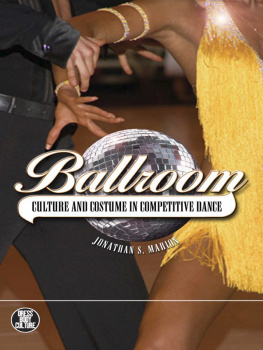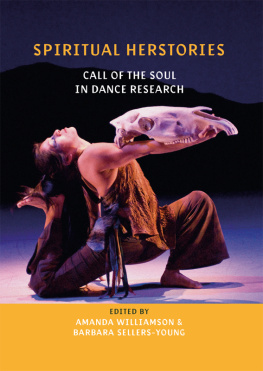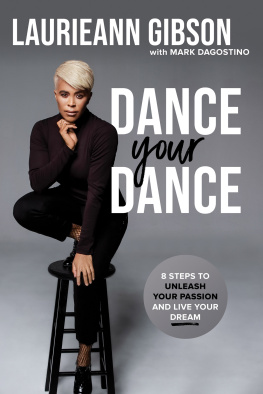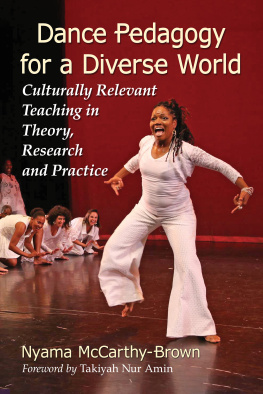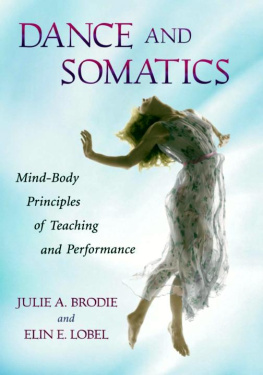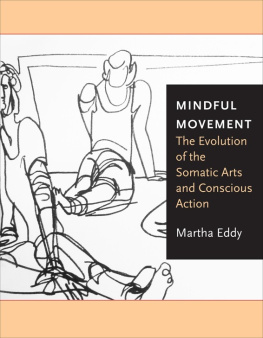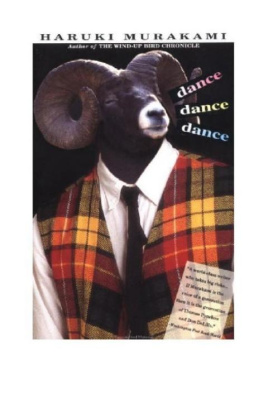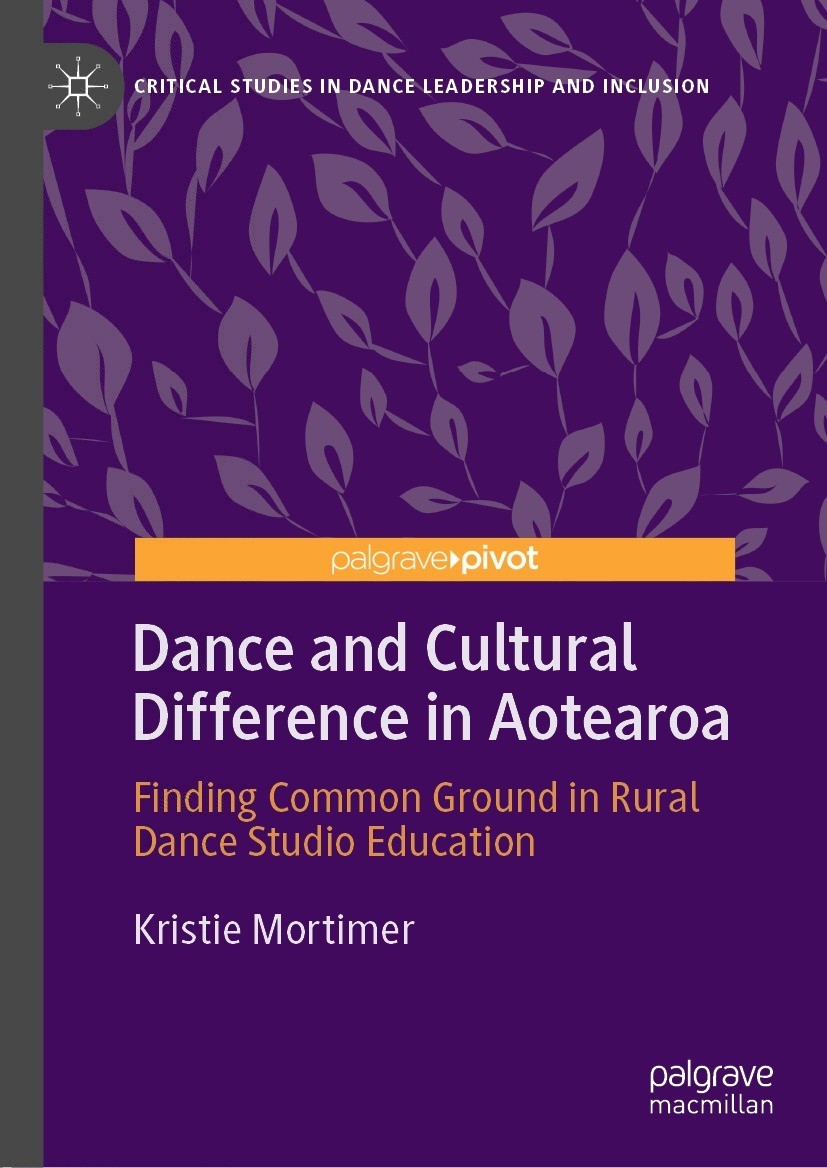Critical Studies in Dance Leadership and Inclusion
Series Editors
Nicholas Rowe
University of Auckland, Auckland, New Zealand
Tuomeiciren Heyang
Chengdu University, Chengdu, China
Kai Lehikoinen
University of the Arts Helsinki, Helsinki, Finland
This series investigates the history of long-standing, non-governmental performing dance organizations/artists collectives, in regions as diverse as the Occupied Palestinian Territories, Cambodia, Fiji, Australia, Uganda and Russia. Despite the political, cultural, environmental and economic instability of these regions, local performing arts organizations have produced extensive repertoires of critically-acclaimed, locally-produced creative performances. Their community-focused practices have sought to contribute to the sustainability and resilience of local civil society. Understanding the leadership provided by such grassroots arts organizations is an increasingly urgent concern in an era of growing political, environmental and economic instability. While scholarship has previously investigated the political histories, socio-economic challenges and intangible artistic heritage of these regions, this series presents historical and contextual analysis of how each of these contemporary performing arts organizations or movements provide leadership and resilience within their own communities.
More information about this series at http://www.palgrave.com/gp/series/16283
Kristie Mortimer
Dance Studies, University of Auckland, Auckland, New Zealand
ISSN 2661-8451 e-ISSN 2661-846X
Critical Studies in Dance Leadership and Inclusion
ISBN 978-981-16-1170-4 e-ISBN 978-981-16-1171-1
https://doi.org/10.1007/978-981-16-1171-1
The Editor(s) (if applicable) and The Author(s), under exclusive license to Springer Nature Singapore Pte Ltd. 2021
This work is subject to copyright. All rights are solely and exclusively licensed by the Publisher, whether the whole or part of the material is concerned, specifically the rights of translation, reprinting, reuse of illustrations, recitation, broadcasting, reproduction on microfilms or in any other physical way, and transmission or information storage and retrieval, electronic adaptation, computer software, or by similar or dissimilar methodology now known or hereafter developed.
The use of general descriptive names, registered names, trademarks, service marks, etc. in this publication does not imply, even in the absence of a specific statement, that such names are exempt from the relevant protective laws and regulations and therefore free for general use.
The publisher, the authors and the editors are safe to assume that the advice and information in this book are believed to be true and accurate at the date of publication. Neither the publisher nor the authors or the editors give a warranty, expressed or implied, with respect to the material contained herein or for any errors or omissions that may have been made. The publisher remains neutral with regard to jurisdictional claims in published maps and institutional affiliations.
Cover illustration: Melisa Hasan
This Palgrave Macmillan imprint is published by the registered company Springer Nature Singapore Pte Ltd.
The registered company address is: 152 Beach Road, #21-01/04 Gateway East, Singapore 189721, Singapore
Series Editors Preface
Art is not what you see, but what you make others see.
Edgar Degas
As Degas suggests, art prompts us to stop and reflect on the significance of particular people, stories, and perspectives. This ability to attract and distract public attention (and to conceal or reveal specific issues) makes art increasingly political in a post-truth era. While art might not evidence the veracity of an idea, it can certainly support the virality of an idea. Memes often emerge and become persuasive as a result of the aesthetics, rather than the evidence, that they present. As we promote these memes through social media, art becomes more than what you make others see. Art is what you make others want to share.
Dance is an especially powerful way to share ideas, capturing our interest through visual spectacles and visceral experiences. As a public performance and a participatory activity, dancing highlights and obscures specific aspects of humanity. Through dances, we idealize bodies in motion: advocating whose bodies should be seen to move, how those bodies should be moving, in what contexts they should be moving, and for what reasons they should be moving. This happens in ways that often escape verbal expression and reflection : dance can either evade or embody the popular and politicized ideals presented through the veneer of language. By discreetly influencing a society as to which individuals and ideas should be included or excluded, dance can maintain a quiet hegemony . This leads to important lines of critical inquiry for dance scholars concerned about the public sphere:
Who is afforded opportunities to learn, teach, create, present, and observe dance?
What influences their participation and choices in dance?
How do their dance choices make some perspectives, people, and stories more (or less) apparent to others?
This book series is dedicated to exploring these questions. Within the volumes of Critical Studies in Dance Leadership and Inclusion, we seek to draw attention to the ways in which dance organizations and practitioners are interrogating concepts of dance in the public sphere.
Our understandings of dance leadership extend beyond stale notions of visionary leaders trailed by mindless hordes. We instead acknowledge leadership to be a dialogic phenomenon: a collectivized movement that emerges through dynamic, social exchanges of ideas, meanings, and values . Our understandings of inclusion also recognize that social participation can sometimes risk conforming to a totalitarian regime. While collaborative leadership requires the broad and active inclusion of all in the society, this needs to be done in ways that articulate, celebrate, and sustain our differences, if we are to maintain a pluralist society. Through this book series, we seek to expand understandings of how dance allows such leadership and inclusion to manifest and enhance social participation, personal fulfillment, and cultural diversity .
The dance knowledge presented in this series is constructed at the intersection of embodied and other forms of knowing. Extending upon psychology, sociology, and environmental studies, dancing reflects how we value ourselves, and our human and non-human interactions. Sharing concerns with architecture, urban planning, and political science, dance corporealizes our encounters with the design of public and private spaces. As a form of public pedagogy , dance inevitably encapsulates diverse theories of education . As an integral part of cultural studies, dance is a culturally relative phenomenon: the meanings of a dance are not universal, but emerge in different ways in different cultures, in response to diverse histories and circumstances. Through dancing, we therefore viscerally and visually reveal our different attitudes toward the sharing of space.

